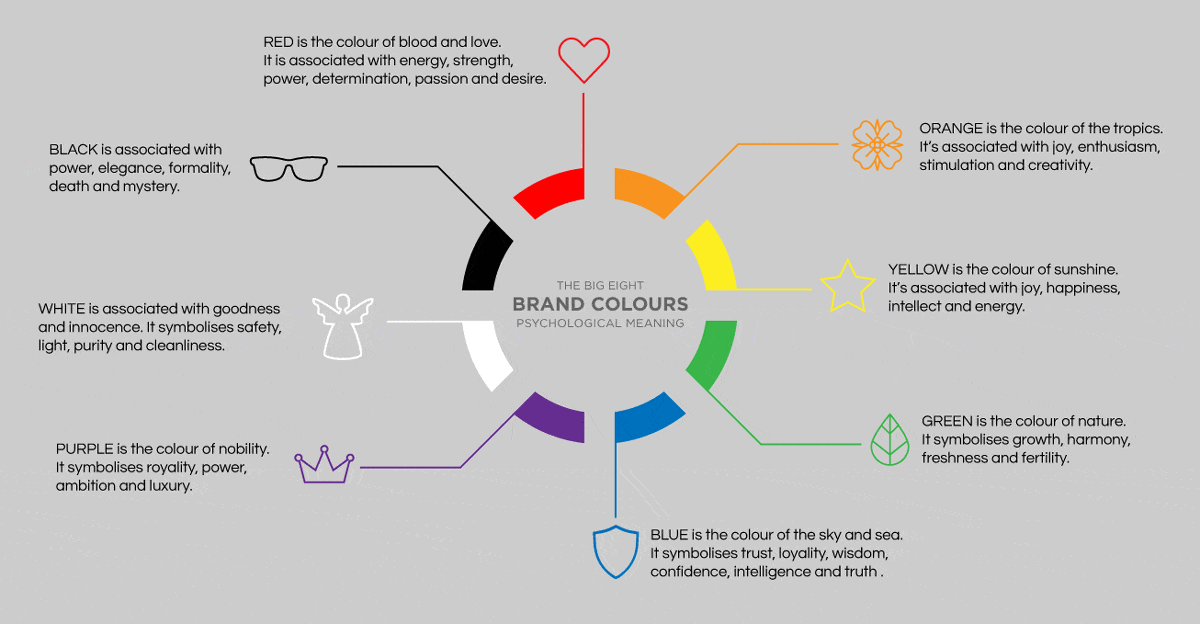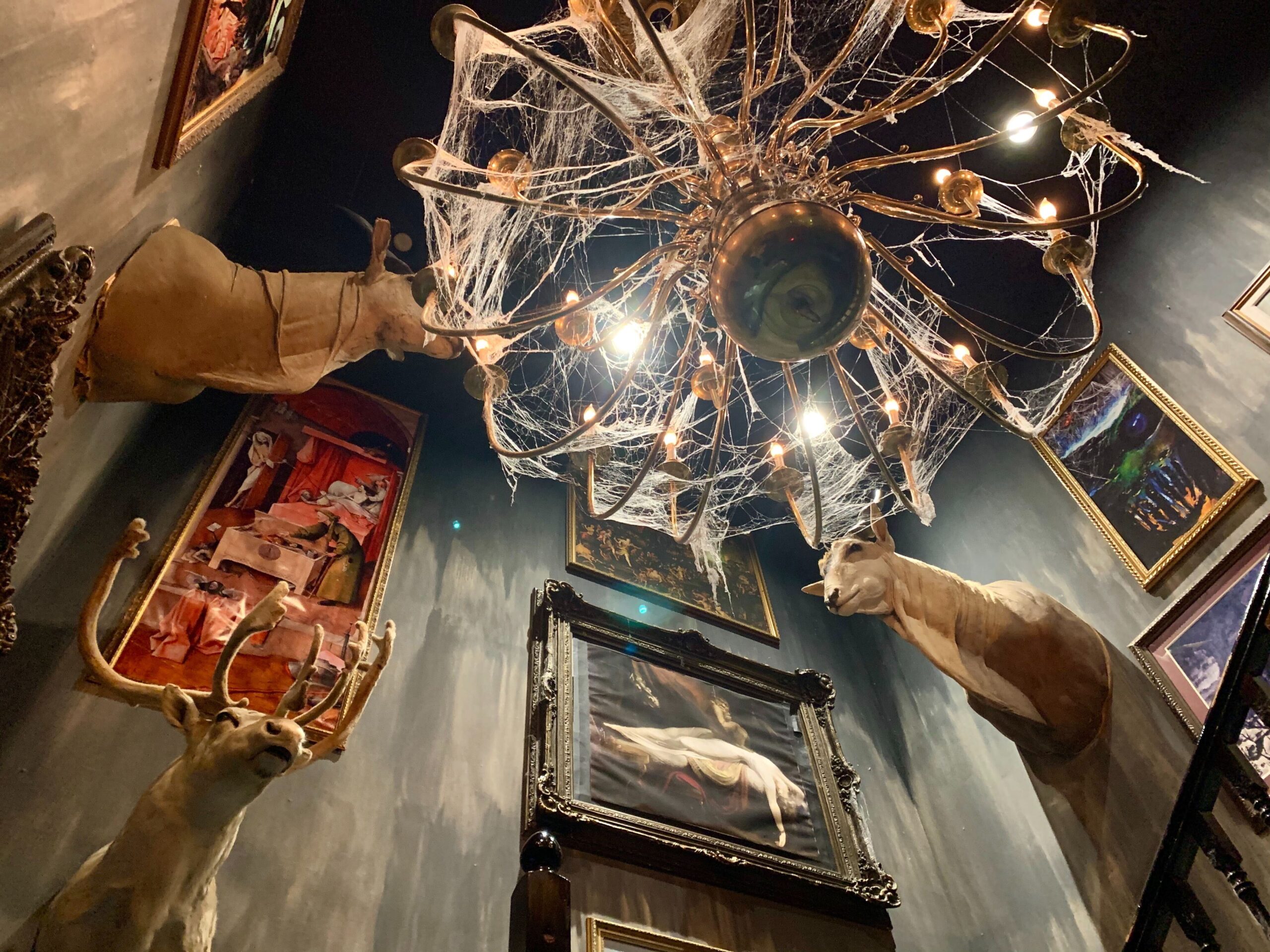Table Of Content

Vector graphics are made up of shapes, lines, curves, and other computer-made elements. Unlike raster images which are also defined on this list, vector-based graphics can be made as large as you want since they are not made up of pixels, but objects that can be used at any scale. They are the opposite of vectors which are made up of shapes, lines, curves, and other computer-made elements. Unlike vectors (which are also defined on this list), raster images cannot be scaled up without losing quality.
Courses
The tone of a hue can be changed by increasing the level of neutral gray. The higher the opacity, the less you can see what lies behind it. A combination of colors built out of shades close to each other on the color wheel. Point size is a unit of measurement used to indicate the size of typefaces. The larger the point size, the bigger the typeface will appear in a design. Point sizes are typically measured in points (abbreviated “pt”).
Creative Tech Careers: An Expert’s Advice
It may include fonts, colors, textures, logos, or any other design elements that represent an identity. For example, NASA has a Graphics Standards Manual that simplifies all official documents and graphic projects. While graphic design involves the use of art and illustration, it’s important to note that these disciplines still remain separate. If you’re enjoying your journey into graphic design so far and want to start a career in the field, consider a professional graphic design qualification. A good quality course will teach you the most important industry tools, have you work on practical projects, and help you create your graphic design portfolio. Here’s a complete guide to the best graphic design courses and certifications.
What is Graphic Design? - A Beginner's Guide (
It is a very important element to consider in a project because it has serious implications for compositions. Successful hierarchy allows users to immediately take away important pieces of information. The next type of graphic design we’re going to cover is marketing and advertising design. This specialization focuses on the graphics we see on social media, websites and advertisements, both online and offline. The user experience (UX) designer differs from the web designer, as their role is to focus solely on the experience of the user, therefore working on the ‘behind the scenes’ of the design. They aim to understand how a user thinks and feels, and rely heavily on user research, usability testing, content strategy, and related data.
Design terms: Color
Whichever group you identify with or if you find yourself somewhere in between, this glossary of 50 graphic design terms will help you test your knowledge or learn something new. According to Designer Salaries, an international organization that works with designers’ salaries, a graphic designer can earn up to 1 million or about 8 million a year working on graphic design. We are designing graphics, animation, or digital products photography for the project.
RGB colors include a code for each of the three colors from 0 to 255. A gradient is when one color gradually transitions into another color. A gradient can include any two colors or can include more than two. Gradients can also transition on a static line or can change diagonally, radially, or along the edges of a set boundary.
Master's Degrees In Graphic Design: Everything You Need To Know - Forbes
Master's Degrees In Graphic Design: Everything You Need To Know.
Posted: Mon, 03 Jul 2023 07:00:00 GMT [source]
They offer literally thousands of courses in almost any conceivable subject. The trouble is that Udemy provides no quality control, and while you can find some great courses there, there are a lot of not so great courses too. We also offer a bunch of other courses (32, and constantly growing!) to help you further develop your skills in UX design.
The Differences between Graphic Design and UX Design
Marketing designers may work on small projects, such as the layout of a promotional email, or large multi-faceted projects, such as designing the booth, hand-outs, and print materials for trade shows. Another important ethical consideration in graphic design is the need to avoid harmful stereotypes. Graphic design is essential for advertising, branding, and marketing, influencing how people act.
It consists of horizontal and vertical lines that divide the page into sections, making it easier for designers to place content in an organized way. (The lines may not be visible, but they dictate the alignment of elements within the design.) Grids are often used in print designs such as brochures or magazines. Typography is another art form distinct from the more general graphic design. It is the art of all thing type, including the design of actual letters, their sizes, alignment, spacing, orientation, and everything else that turns dots and lines into legible text. When you fall into that obstacle, try to solve it in a cold head. There are many people I have met who have fallen out of the middle of learning graphic design.
These areas include any distance or areas between, around, below, or above other design elements. Designers intentionally place spaces in the design to add emphasis to areas of the design. This one is critically important as it can greatly affect the design’s messaging. Different weights (bold, regular, or light), combined with varied sizing, colors, and spacing, can add power to the concept the designer is trying to communicate.
This is used to determine which colors create the energy the brand is seeking. A mathematical ratio that is found in nature and continues to heavily influence graphic design. One of the more common simplified versions of the golden ratio is the rule of thirds. The space between the design elements and the edges of the page, the width of which can affect the overall feel of the piece. This refers to the way individual elements of a design are arranged. This is commonly seen in text placement—for example, most lines of text in a Microsoft Word® document are left-aligned by default, where the text forms a uniform line on the left-hand side.
Graphic design and visual design are often used interchangeably, but there is a subtle difference between the two. Both graphic and visual designers rely on design principles and knowledge of color theory, typography and layout to create effective and engaging designs. Visual designers may incorporate graphic design elements to create a consistent user experience across all touchpoints.
If graphic designers want to create realistic images, they’ll focus on ensuring that the proportions of each element are realistic. For a more playful design, they might exaggerate some elements—for example, drawing a person with disproportionately huge hands. Now let’s move on to explore the basic elements and principles that graphic designers follow.
If you're interested in learning more about these important design principles, check our visual design course. Develop the skills you need to create stunning designs that are both functional and visually appealing. Many graphic artists work on visual elements that will be used on a website. But it’s important to note that web design and graphic design are different.
Graphic design is actually quite complicated, and I didn’t know nearly as much as I thought I did. To my dismay, I was going to spend a whole semester mulling over color psychology rather than learning how to master the art of graphic design. The study of how colors affect viewers mentally and emotionally—which can differ depending on the audience’s background.
However, something aesthetically wonderful to look at still needs to serve a purpose and have functionality. Conversely, a highly-intuitive product might not capture a viewer’s eyes or appeal to their emotions if it is lacking in pleasing visuals. Some examples are murals, urban planning, road signs and other signage, architecture, event space planning, and interior design. Designers also utilize alignment rules like the golden ratio or rule of thirds that help ensure effective communication. White, negative, or intentionally blank areas help with readability, prevent overcrowding, and emphasize different design parts.










